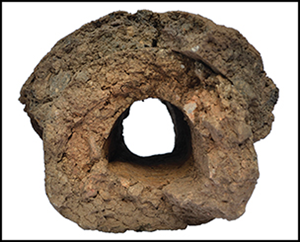Article contents
The metal behind the myths: iron metallurgy in the south-eastern Black Sea region
Published online by Cambridge University Press: 17 March 2020
Abstract

The south-eastern Black Sea area is a key region for understanding the history of iron metallurgy. While Classical texts mention the people living in this area as producers, and perhaps even inventors, of iron, material evidence has been lacking. Recent archaeological survey and scientific analyses now make it possible to investigate iron technologies in the region during the mid to late first millennium BC and the medieval period, providing new insights into the metallurgical tradition that inspired such admiration in the Graeco-Roman world. These results have implications for the smelting of iron in liquid state, although it remains unclear where and when this technology first appeared in Western Eurasia.
- Type
- Research Article
- Information
- Copyright
- Copyright © Antiquity Publications Ltd, 2020
References
- 4
- Cited by


